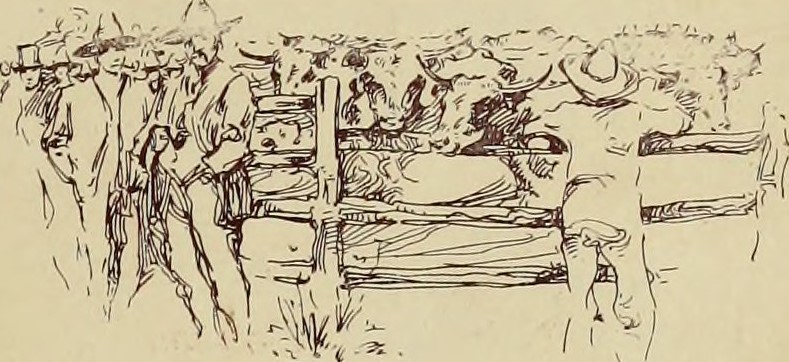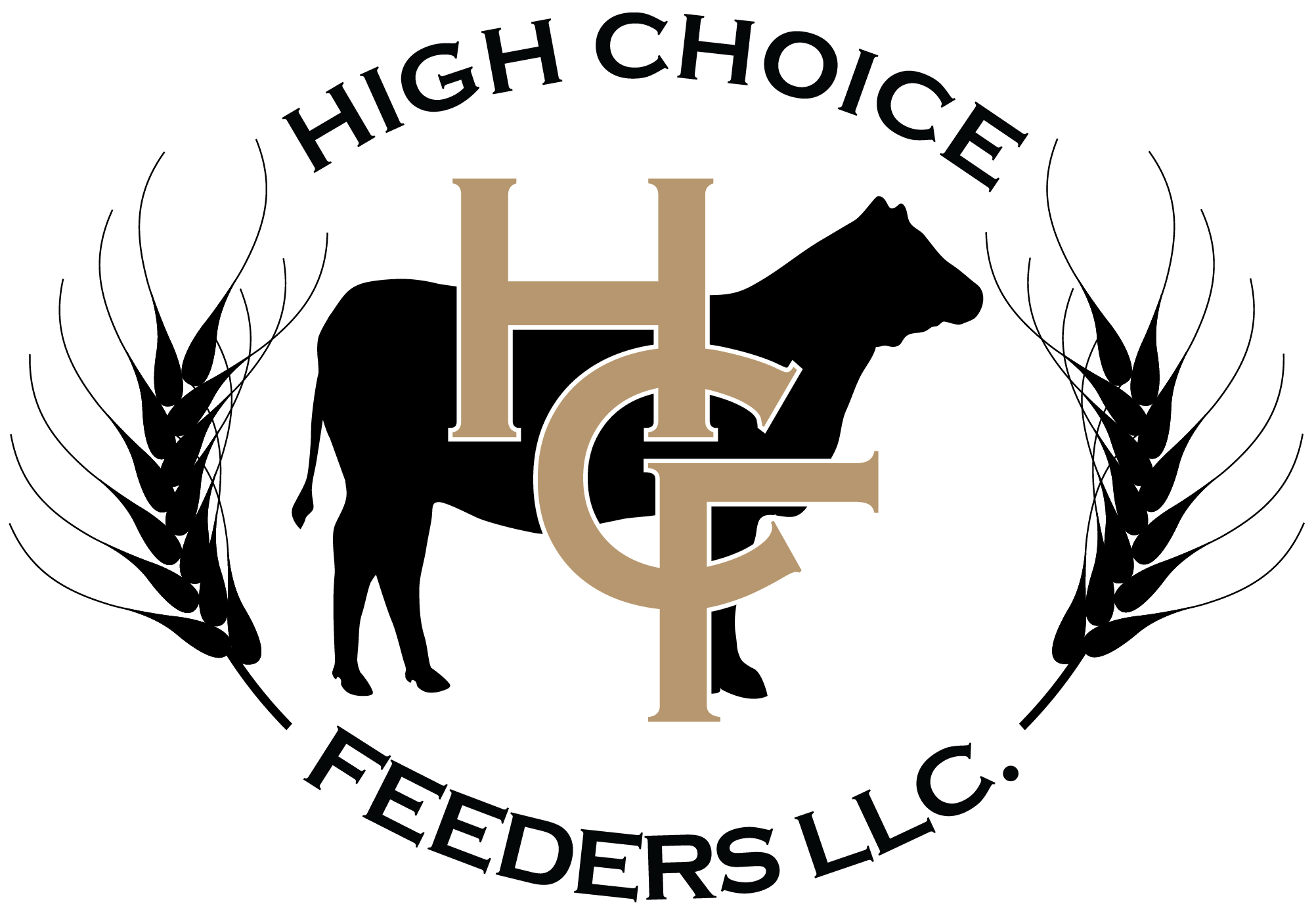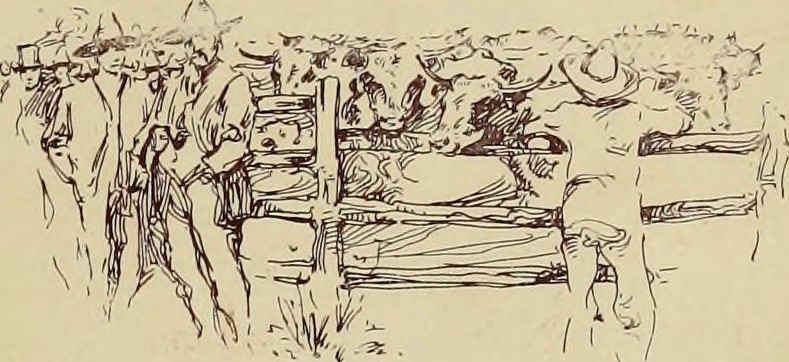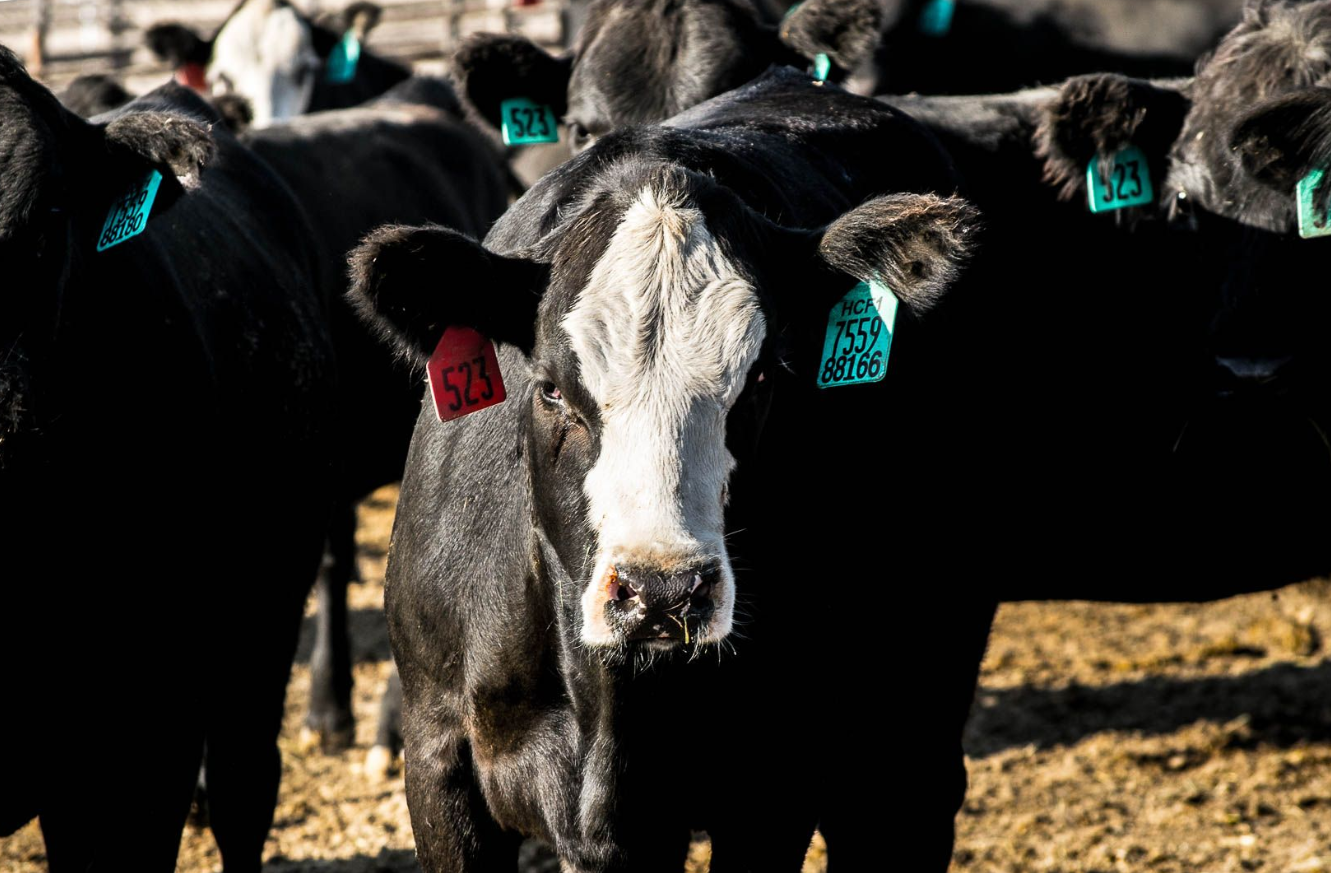
Sustainability and the Beef Industry
June 23, 2020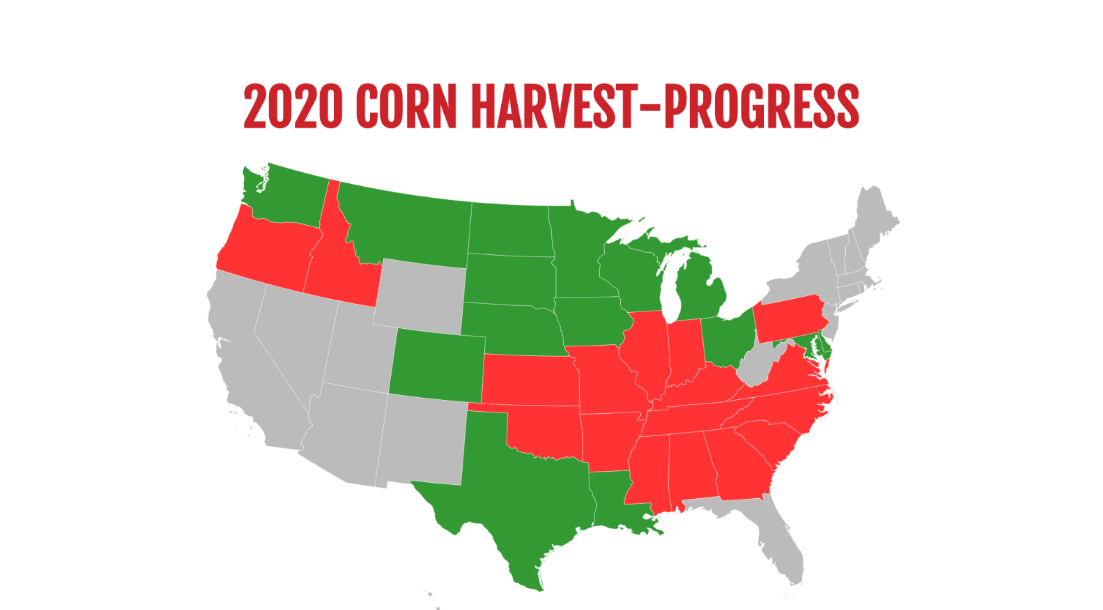
2020 Corn Harvest Update
September 21, 2020As many businesses in other industries, High Choice Feeders experiences seasonal patterns year over year. So today, we would like to shed more light on four seasonal factors in the cattle finishing industry.
1. Climate
This factor is not surprising considering the birth of cattle follows climate-based cycles establishing themselves thousands of years ago. Most cattle are born between February and April because environmental factors like the availability of fresh grass and mild temperatures are especially suitable to calves. It also helps the mother recover faster.
The climate is especially relevant for the last few months of the year for beef cattle, because cold winters will complicate cattle’s development and impact the cost of gain. This factor is especially crucial for us, because we are committed to let cattle live outdoors to maximize the quality of the meat. Luckily, Kansas provides a natural advantage compared to states like Nebraska. Our mild weather reduces seasonality and allows us to finish cattle all year round.
A University of Kentucky study on Kentucky feeder calf prices confirmed this factor empirically: “Calf prices were found to be highest in the summer and lowest in the fall while profits for cow-calf operators were found to be highest for spring calving cow herds.”
2. Corn
Even though there is a natural growth cycle, corn can be stored. This reduces feeder’s dependency on the grass-cycle. The vast availability of corn after WWII allows feeders to smooth seasonality as feed was suddenly available most of the year.
This factor establishes another advantage of Kansas-based feeders over feeders based in states like Texas. Our corn prices are consistently low which allows for cost-efficient operations.
3. Durability
The third major factor is durability. Most beef is sold fresh and not frozen. This means excess beef cannot be stored for a long period of time. It needs to be available when demand is high and the amount needs to meet demand or prices will either climb or fall. This factor will only become less significant when consumer preferences for frozen beef change.
4. Consumer Preferences
This brings us to the last factor: demand for beef. If you are living in a seasonal climate, you know you enjoy your barbecues more when it is warm outside. Demand starts spiking during the spring and declines again in the late summer. Prolonged or early summers may increase demand. This also applies to holidays like July 4th.
There are certainly other factors impacting beef cattle finishing. These may relate to international trade policies, diet trends, natural disasters, corn prices and economic conditions. Check out the following sources for more or contact High Choice Feeders at 620-872-7271.
- Livestock Seasonality: What it is and why it matters
- Understanding Cattle Market Seasonality and the Sliding Scale
- Factors that Affect Seasonality in Kentucky Feeder Calf Prices and How Calving Dates Affect Cow-Calf Enterprise Profitability
